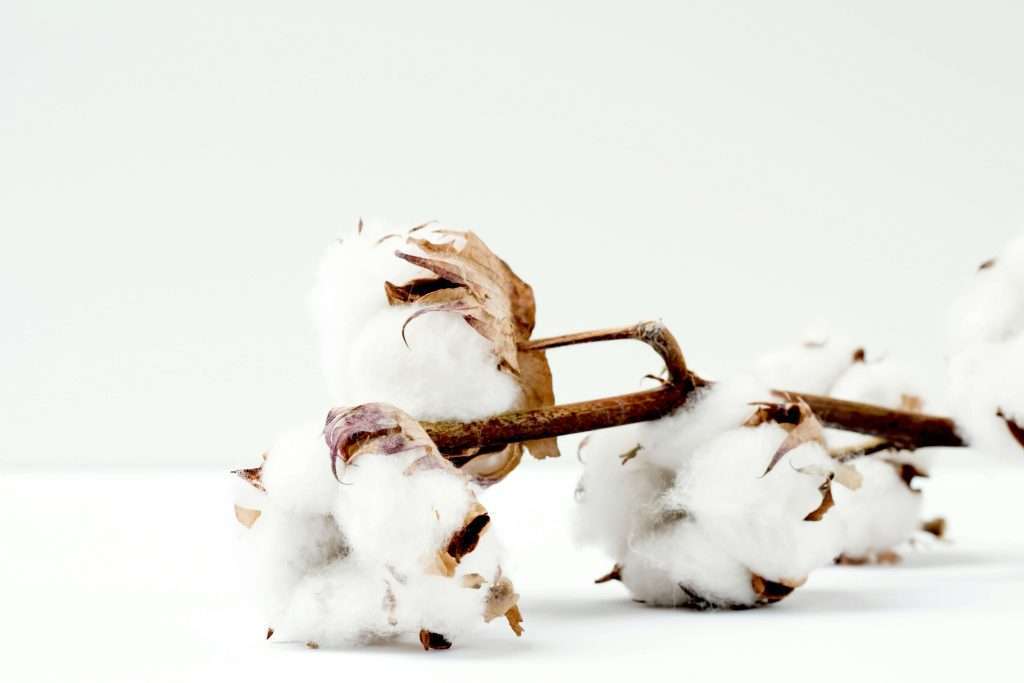Learn the key differences between fast fashion and slow fashion and why choosing sustainable and ethical clothing is good for both your wardrobe and the environment. Learn how to make informed, eco-friendly fashion choices today!
Understanding the Fashion Industry’s Shift
In today’s fashion world, consumers are becoming more aware of the environmental and social impact of their clothing choices. As a result, two major movements—fast fashion and slow fashion—have emerged. But what do these terms mean, and how do they differ? In this post, we’ll break down the key differences between fast fashion and slow fashion and explain why making the switch to slow fashion is a more sustainable choice.
What Is Fast Fashion?
Fast fashion refers to the rapid production of low-cost clothing that mimics current runway trends. Retailers like Zara, H&M, and Forever 21 are known for their fast fashion models, where new collections are produced in as little as two weeks. The goal? To get trendy styles into stores as quickly as possible and sell them at affordable prices.
Characteristics of Fast Fashion
1. Mass Production: Fast fashion brands produce large quantities of clothing in a short amount of time.
2. Low Prices: These brands prioritize affordability, often at the expense of quality.
3. Short Lifespan: Fast fashion items are not built to last; they are made for short-term use, quickly falling out of style or wearing out after a few washes.
While fast fashion allows consumers to stay on-trend without spending much, it comes with significant downsides—such as its contribution to environmental waste and exploitation of workers.
What Is Slow Fashion?
Slow fashion, on the other hand, is a movement focused on mindfulness, sustainability, and ethical production. It advocates for buying fewer, higher-quality garments that are made to last longer. Slow fashion brands emphasize transparency, fair wages for workers, and eco-friendly materials.
Characteristics of Slow Fashion
1. Quality Over Quantity: Slow fashion brands produce fewer items but focus on long-lasting, durable clothing.
2. Ethical Practices: These brands often prioritize fair labor conditions and sustainable production methods.
3. Timeless Designs: Unlike the ever-changing trends of fast fashion, slow fashion focuses on classic, timeless styles that don’t go out of fashion quickly.
Environmental Impact: Fast Fashion vs. Slow Fashion
Fast fashion contributes significantly to environmental damage. The rapid production cycle means more water is used, more waste is generated, and harmful chemicals are often involved. Textile waste from fast fashion is piling up in landfills, with some items being worn only a handful of times before being discarded.
In contrast, slow fashion promotes the use of sustainable materials like organic cotton, recycled fabrics, and low-impact dyes. Slow fashion brands also tend to produce their clothing locally, reducing the carbon footprint associated with shipping and transportation.

Why You Should Choose Slow Fashion
Opting for slow fashion over fast fashion isn’t just a choice for better clothing quality—it’s a choice for a better planet. By choosing to invest in slow fashion, you’re supporting ethical practices, reducing your environmental impact, and building a wardrobe that will last for years to come.
Benefits of Choosing Slow Fashion:
1. Durability: Slow fashion garments are made with care and are designed to last longer.
2. Sustainability: Slow fashion brands often use eco-friendly materials and ethical production processes.
3. Less Waste: Fewer purchases lead to less clothing waste, which is better for the environment.
The Future of Fashion
The fashion industry is evolving, and more consumers are recognizing the importance of making sustainable choices. While fast fashion may offer convenience and low prices, the long-term costs to the planet and workers can’t be ignored. Slow fashion is a better alternative for those looking to make more responsible choices while still enjoying high-quality, stylish clothing.




